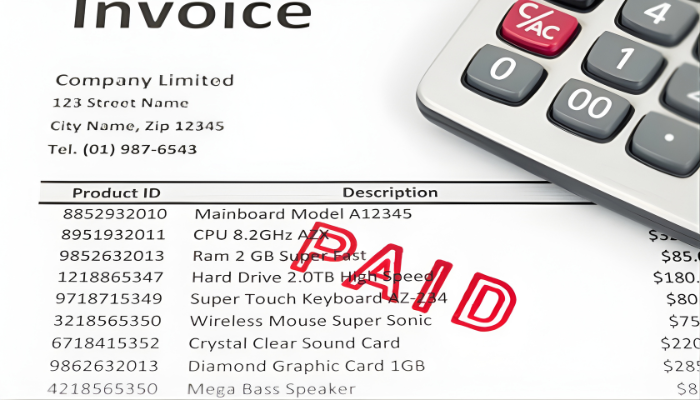
Companies involved with heavy industries such as oil, construction, and trucking are not the only businesses to have a stoppage in their cash flow fluidity that can render them unable to take necessary action to grow or maintain their companies.
The medical field faces the same challenges due to slow payers and governmental processes. Whether it be a physician, a clinic, an elderly care home, a medical equipment company, a home health care startup, or a hospital, all will face the same outstanding accounts receivables problems when facing the structure of payments available in the medical field. Healthcare factoring is a way for the medical professionals to make their cash flow work once again for the betterment of their businesses.
8 Healthcare and Medical Receivables Factoring Tips You Need to Know
- The costs may vary – The cost of factoring medical accounts receivable varies based upon the amount of the factored invoices (the Net Realized Value) and the duration between factoring and the date at which the invoice is paid.
- The payouts are rapid – You will receive your funds between 24 and 48 hours after initial approval – which, on average, can take up to seven days - and after the invoice has been submitted to your factoring partners.
- You choose how many claims are submitted for factoring – The claims may be submitted either individually or in a batch. You can choose which claims to submit or to withhold. An advantage for submitting in volume is that it often means lower fees. Medical factoring is flexible in that it grows and shrinks with your business. It can be there for you in a strongest as well as the weakest business environments. It also allows you to be in control of both your cash flow and your financial costs.
- What percentage of the invoice will the advance be? – Your advance will fall between 70 and 95 percent of the approved receivables. Upon payment from the third party, any remaining portion not already paid by the advance and fees will be returned to your company.
- Healthcare Factoring vs. Medical Receivables Factoring – Healthcare factoring involves a service-oriented sector within the medical field (i.e. medical transcription or supply) that bills a medical provider (i.e. hospital or nursing home) for a good or service provided. That invoice is then factored. With medical receivables factoring, a third party (i.e. Medicaid or Medicare) is billed by the medical provider. That invoice can then be factored. Both vendors and insurance providers can be slow payers. The company providing the good or service uses factoring to bridge the cash flow gap that can exist in such situations.
- Medicaid and Medicare invoices can be factored – Because Medicaid and Medicare payments are not as precise as traditional healthcare payments, a special account called a sweep account (also known as a control account) may be used for their processing by the factor. The specific process used by the factor to process Medicare and Medicaid invoices varies by company.
- Your factor will be sector-specific – You will be researching and talking with factoring companies that have extensive experience with healthcare factoring. Many of them will have representatives who specialize in one or more sectors of the medical industry (hospitals, diagnostic imaging centers, labs, etc.). They will be well-versed in the needs and challenges of the specific medical sectors.
- An audit may be required – A billing audit (third-party payer analysis and/or compliance review) may be performed by the factoring company prior to an agreement being signed. This is for your protection. The factoring company wants to help you protect your ongoing cash flow by ensuring that the medical insurance companies and governmental payers are billed properly and accurately.
The main reason to engage your company in healthcare factoring is to resolve stagnant cash flow situations that stunt your company’s growth and its ability to act on opportunity in a timely and efficient way. Slow-paying insurance companies or governmental agencies can hamper even the most prepared, active providers. From rehab clinics to hospices to medical staffing agencies, businesses all along the medical profession are choosing factoring as a direct method of growth and stability.














